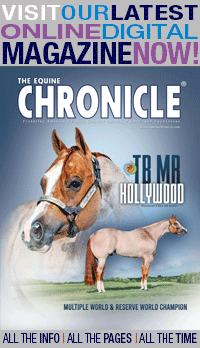The Young Years: Nutrition From Birth to Two Years of Age
January 18, 2018 Comments Off on The Young Years: Nutrition From Birth to Two Years of Age
The most common feeding errors attributed to developmental orthopedic disease are excessive grain intake, feeding an inappropriate feed for the forage offered, and inadequate fortification. These three scenarios are easily rectified by feeding an appropriate grain mix fortified for the young, growing horse and feeding it at the correct intake.
Continue reading …Rood & Riddle Veterinarians to Host an Evening of Cocktails & Conversations
January 17, 2018 Comments Off on Rood & Riddle Veterinarians to Host an Evening of Cocktails & Conversations
The topics will include: Colic: Diagnosis and Surgical Decision, Demystifying Anesthesia, Diagnosis and Treatment of EPM, Therapeutic Shoeing for the Performance Horse, and Assisted Reproductive Techniques in the Horse
Continue reading …Magnetic Resonance Imaging (MRI) Use in Horses
January 17, 2018 Comments Off on Magnetic Resonance Imaging (MRI) Use in Horses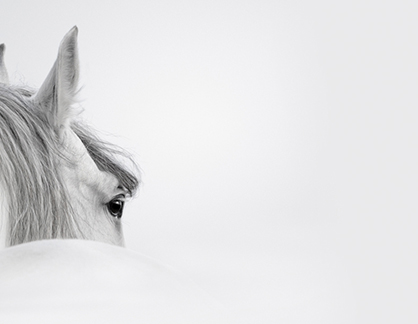
The greatest advantage of MRI in horses is the ability to detect damage to bones, tendons and ligaments that can’t be diagnosed in any other way. This is particularly true in the horse’s foot, which because of the hoof visualization of the soft tissue structures is limited. Because MRI creates images in multiple slim slices, a 3-dimensional reconstruction can provide the exact location and severity of the injury.
Continue reading …2018 Horse Management Seminar- Gastrointestinal Health
January 15, 2018 Comments Off on 2018 Horse Management Seminar- Gastrointestinal Health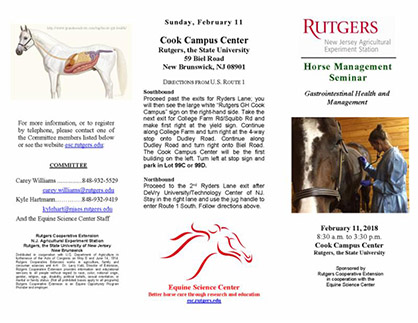
This year’s focus will be on gastrointestinal health and management and will feature presentations on fiber, gastrointestinal health, Equine Gastric Ulcer Syndrome, the Equine Microbiome, and updates on current Rutgers projects dealing with gastrointestinal health, the microbiome, and metabolism of horses on pasture.
Continue reading …Baby It’s Cold Outside- Winter Weather Care For Your Horse
January 12, 2018 Comments Off on Baby It’s Cold Outside- Winter Weather Care For Your Horse
Your horses nutritional requirements will change as the mercury drops. In fact, according to Marsha Hathaway, PhD, University of Minnesota, horses require an additional 1% of energy for each degree below 18 degrees. In order to provide these calories, she explains that it is beneficial to provide more hay as, “there is the heat generated from microbial fermentation of forages that occurs in the hindgut during digestion.”
Continue reading …When Traveling to the Horse Show, Don’t Leave Your Other 4-Legged Companion in the Truck!
January 12, 2018 Comments Off on When Traveling to the Horse Show, Don’t Leave Your Other 4-Legged Companion in the Truck!
“Even relatively mild ambient temperatures (e.g. 22°C) where the windows are partially lowered to provide ventilation can still cause an animal to experience hyperthermia (increased body temperature), which is a serious health and welfare issue. Animals that are exposed to the elements on the back of utility trucks may also suffer hyperthermia during hot conditions.”
Continue reading …AHC to Offer “Operation Chip”- Microchipping Rescue Horses
January 11, 2018 Comments Off on AHC to Offer “Operation Chip”- Microchipping Rescue Horses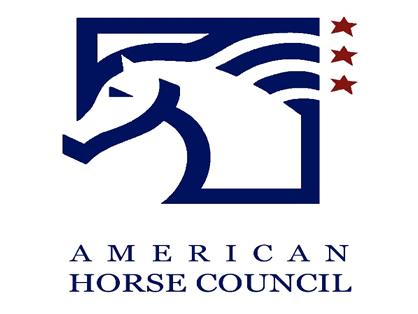
“The industry as a whole is moving towards microchipping as the preferred method of identification,” said UHC Director Ashley Furst. “Initially, organizations hosting Operation Gelding clinics will be eligible to apply for microchips for Operation Chip. Eventually we hope to expand the program to be able to offer rescue organizations the opportunity to apply for just the chips to be inserted into the horses in their care. Microchipping horses in rescue organizations is one of the best ways to be able to track them through the system, as well as give the industry the ability to reunite them with their owner in the case of a natural disaster.”
Continue reading …Keith Miller, Nancy Cahill, Stacy Westfall, and More to Participate in Equine Affaire’s Ride With A Pro Clinic Program
January 10, 2018 Comments Off on Keith Miller, Nancy Cahill, Stacy Westfall, and More to Participate in Equine Affaire’s Ride With A Pro Clinic Program
Through Equine Affaire’s unique “Ride With A Pro” clinic program you can ride, drive, and have your horse trained in clinics conducted by many of the nation’s foremost coaches, competitors, judges, and horse trainers—for clinic fees designed to fit your budget.
Continue reading …New Year’s Resolutions For the Senior Horse Owner
January 9, 2018 Comments Off on New Year’s Resolutions For the Senior Horse Owner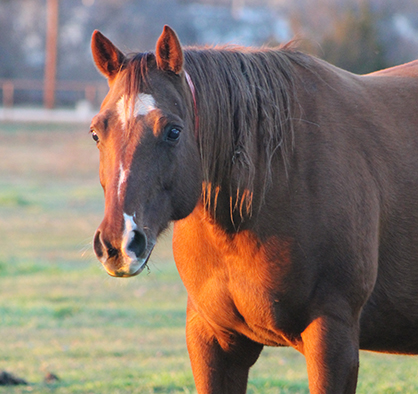
“When it comes to feed and supplements, you can’t expect your horse will need and/or eat the same way they did at 15- now that they’re older,” she said. “In my experience with our older senior horses, they get pickier with their hay. They also tend to sift supplements or NSAIDs from their grain rations.”
Continue reading …Keeping Your Horses Safe in a Natural Disaster
January 9, 2018 Comments Off on Keeping Your Horses Safe in a Natural Disaster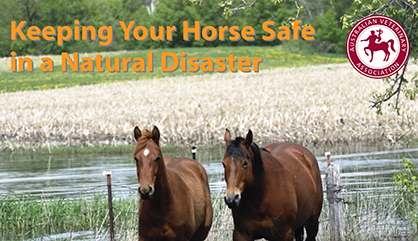
Decide on a safe place to keep your livestock before disaster strikes. Think about whether you’ll be able to access your livestock after the event – particularly if it’s prone to flooding
Continue reading …